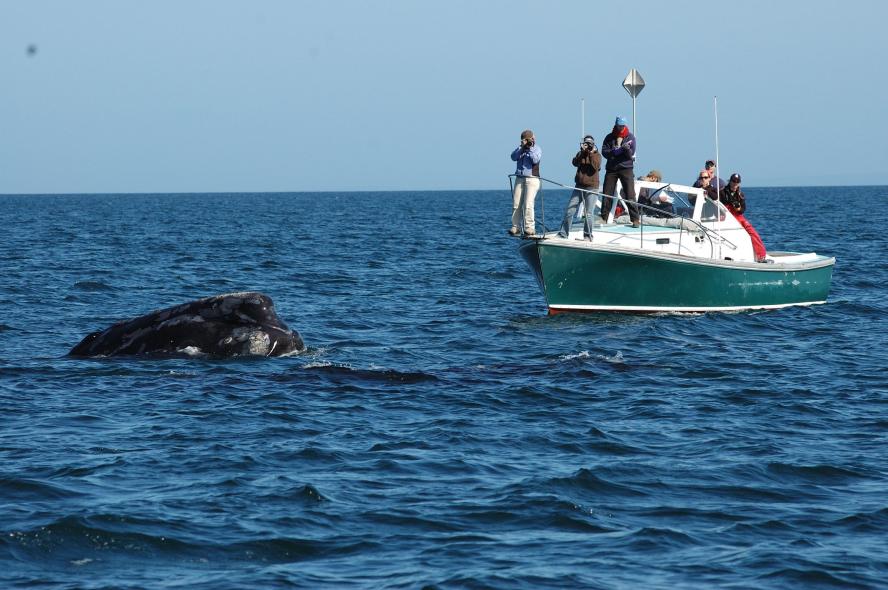Overview
The North Atlantic right whale is one of the most endangered large whale species in the entire world. Research on this species is critical to understanding its biology, behavior, and threats, and to developing effective conservation methods.

Research Methods
Scientists use a combination of techniques to monitor and study North Atlantic right whales:
- Aerial surveys: Tracking whale populations and observing behavior from planes, helicoptors or drones.
- Photo identification: Cataloging individual whales through their unique markings and callosity patterns.
- Tagging and tracking: Using satellite tags to study migration patterns, habitat use, and overall behavior.
- Acoustic monitoring: Recording whale vocalizations to understand communication and detect them.
- Health assessments: Conducting photogrammetry and other non-invasive methods to study body condition and injuries.
Key Findings
- Population remains critically low, with fewer than 400 individuals estimated.
- Migration patterns stretch from the Gulf of Maine to the Southeastern U.S. and Canadian waters.
- Human impacts like fishing gear entanglements and ship strikes are the leading causes of death and injury.
- Conservation measures, such as vessel speed restrictions and gear modifications, have been implemented based on findings.
- Ongoing monitoring is essential to track recovery and inform policy decisions.
Future Research Directions
Future studies aim to:
- Improve understanding of feeding habits and prey availability in changing ocean conditions.
- Develop better technology for detecting whales and preventing collisions.
- Assess long-term population trends and reproductive success.
- Increase public awareness and engagement in conservation efforts.